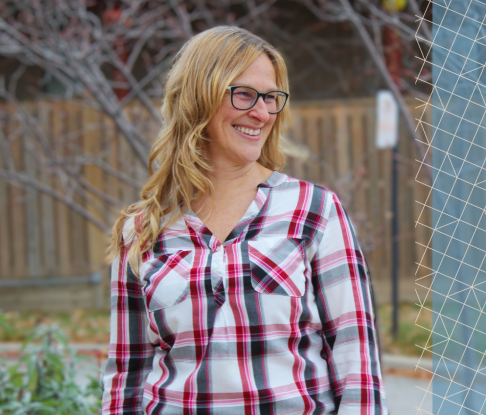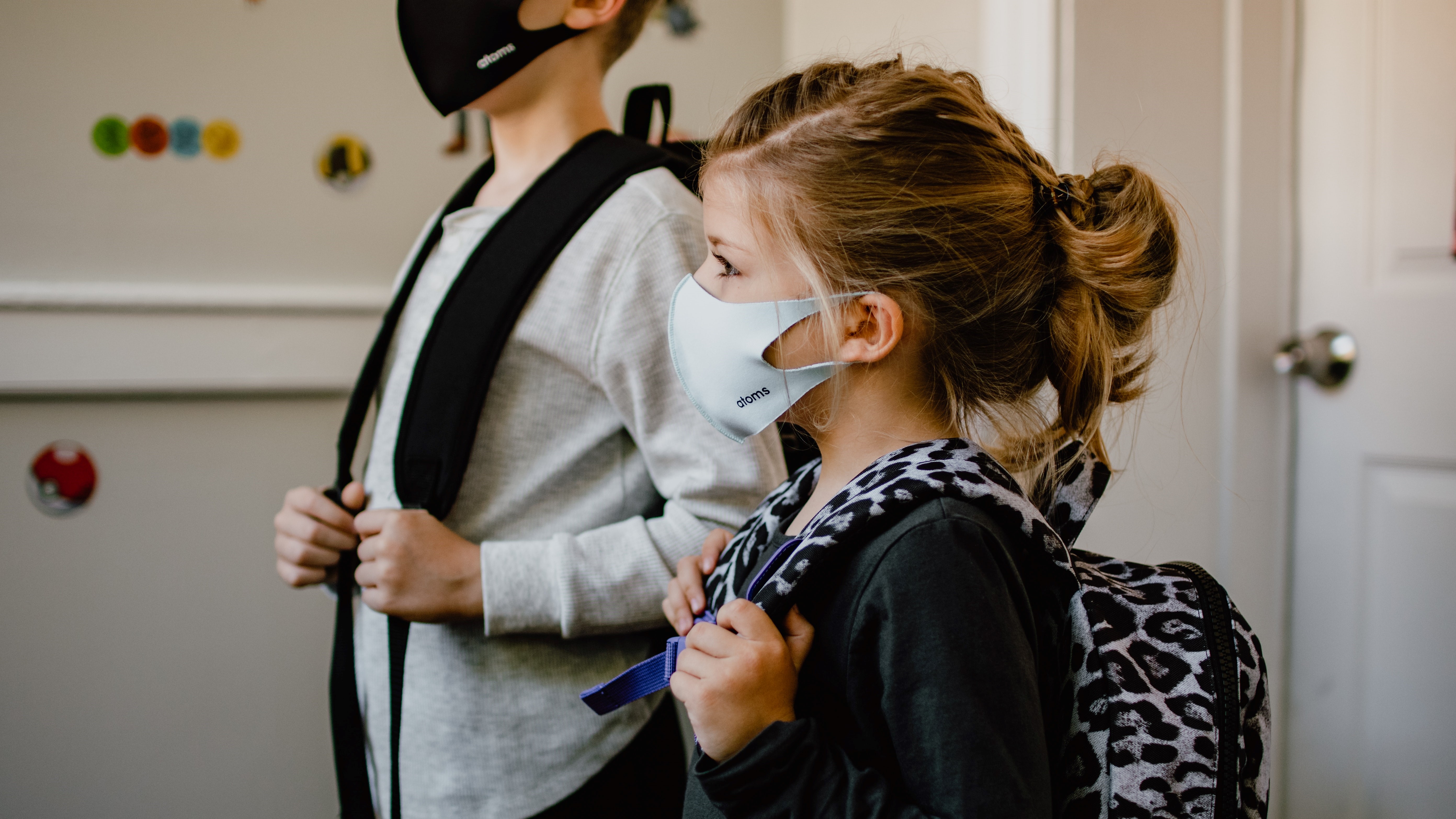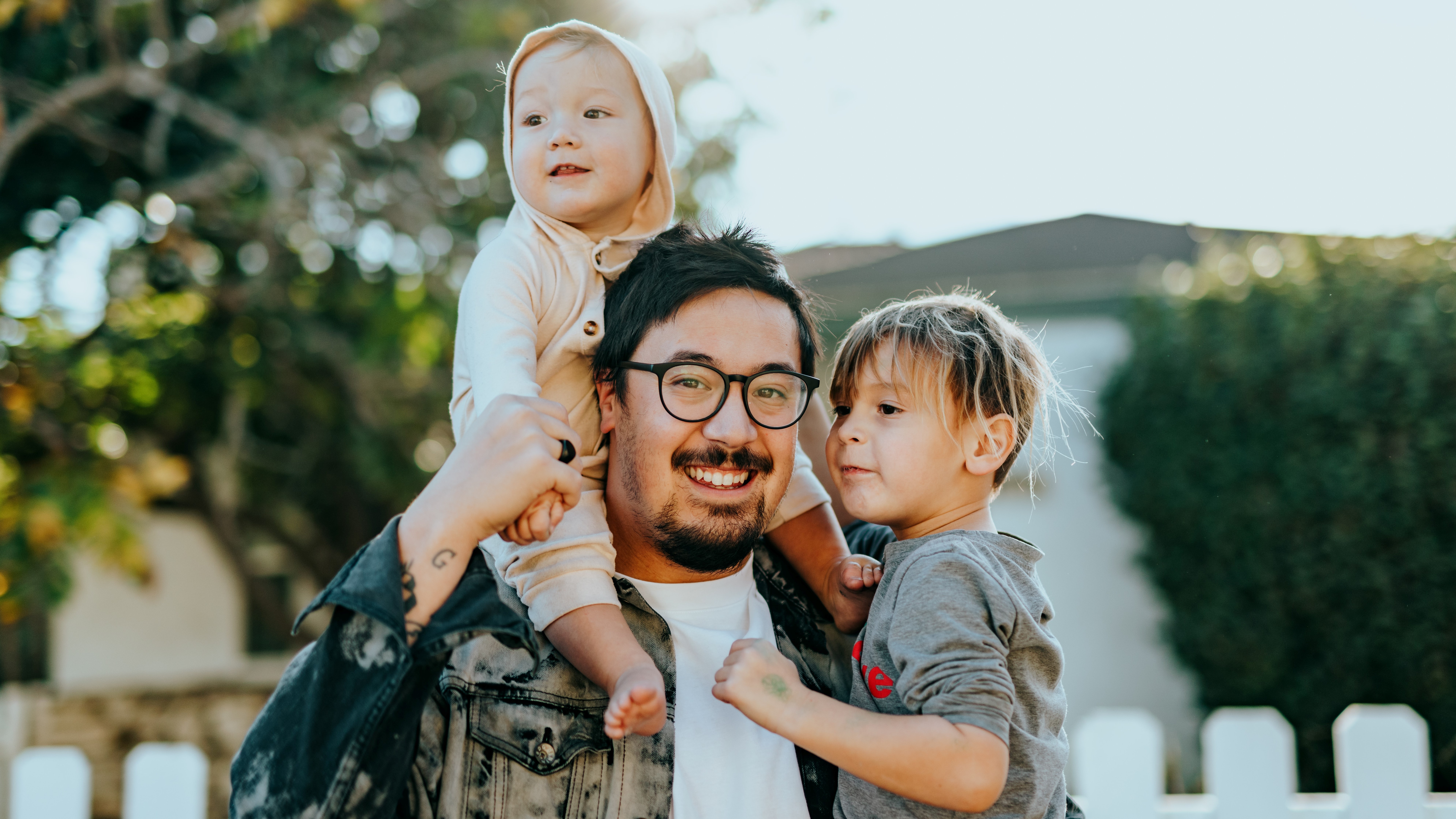We all have spent the past 14 months social distancing, with the vital components of what is at the heart of community shut down such as parks, trails, cafes, community centres, events and social gatherings. We find ourselves at a unique crossroads, working hard to find solutions to a problem whose scope is beyond anything we’ve ever encountered before and the effects are deep. The pandemic has affected our jobs, our families, and our communities. However, it is in communities that we will find the strength to not only persevere but to emerge stronger and more resilient than ever.
 The pandemic response in Canada was swift and given the severity of the situation unprecedented. Though on a technical level we were able to isolate to reduce the spread of the virus, we failed to effectively address the social condition of people. Some would say we were unprepared. People that were lonely became lonelier. Communities that were disconnected became more disconnected.
The pandemic response in Canada was swift and given the severity of the situation unprecedented. Though on a technical level we were able to isolate to reduce the spread of the virus, we failed to effectively address the social condition of people. Some would say we were unprepared. People that were lonely became lonelier. Communities that were disconnected became more disconnected.
In Summer 2020, we hosted virtual conversations with over 80 participants from around the world to talk about how communities could alter the traditional recovery methods from a top-down approach to thinking about recovery. During these discussions, there were seven themes that dominated:
-
Role of Governments: Municipalities need to be involved and take ownership to make sure they develop a community recovery model that has citizens at the center. Recovery plans need to have both an economic and social focus that is not be done separately.
-
Role of Citizens: There needs to be a paradigm shift - How do we help citizens not look to the government to do for them? How do citizens help people to discover they have what is needed to make a change? Community recovery is typically “owned” by municipalities and focuses on economics. How do we shift the recovery to be “owned” by the community?
-
Reduce Barriers: How do we reduce or alter barriers so that it's easier for people to naturally help their neighbours and local community? We need to work on building trust with decision-makers and residents so that representatives of the communities are at the recovery planning table.
-
Asset Mapping: Recovery planning is usually done without understanding what community has been building or build. Asset Mapping to identify new assets that have been created since COVID (i.e. care-mongering) and documenting what activities/programs happened in your local community and show the interconnectivity pieces.
-
Investment: Invest in social capital, build social communities and making it a priority with municipal government. Invest in funding models that focus on community decision-making and action planning. Working to connect and collaborate with all stakeholders for a more holistic approach.
-
Infrastructure: The importance of social infrastructures such as outdoors, less populated spaces, parks and community centres. We need to consider how we plan outdoor spaces so that we cannot shut them down.
-
Avoid Snap Back: In past disasters (i.e. Blackout in Ontario and New York) community came together and did amazing things to help each other. When it was over community went back to where neighbours don’t talk- will there be permanent changes post-COVID? How can we engage with citizens on the topic of recovery?
Thinking about the future when there is so much uncertainty and changing elements is not an easy process. Most times we pull out the old framework and alter it to fit the needs of what is currently happening. Instead, we must take the time to pause and ask questions to see if there are ways to do things better. We are seeing municipalities, organizations and groups looking for the right way to move into the recovery phase of the pandemic. Since these are unprecedented times there are no templates or formulas on how we can work through a recovery plan that will make community essential. We need to give permission to be emergent and creative. Remember that constraints can lead to creativity and innovation.
You are not alone in this discussion, and we would like to support your recovery journey and invite you to join 800 community change-makers for our annual gathering. This year our event RECONNECT! Making community Essential will convene Tamarack's Learning Community to discuss how we are going to rebuild social connection after the COVID pandemic.
Take Your Learning Further:
- Learn more or register for the RECONNECT! Making community Essential live gathering
- Learn more about Cities Deepening Community
- Read When Community Becomes Unessential by Paul Born





